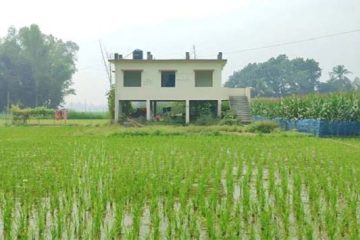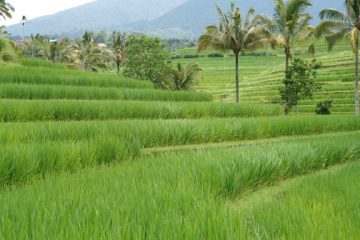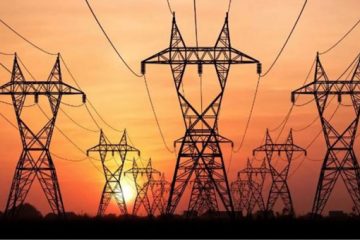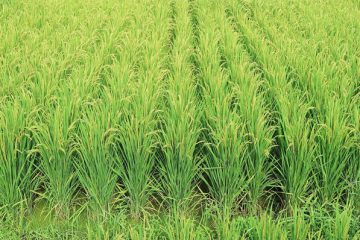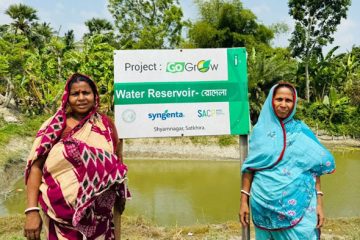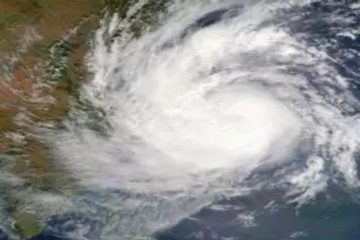8,000 families homeless in last 15 years
From The Daily Star
 Once solvent farmer Hazrat Ali occasionally comes to reminisce on the bank of Dharla River that devoured his 20 bigha of lands during the last five years.
Once solvent farmer Hazrat Ali occasionally comes to reminisce on the bank of Dharla River that devoured his 20 bigha of lands during the last five years.
A resident of Mogholhat village in Lalmonirhat Sadar upazila, Ali with his wife, three children and aged mother took shelter on an abandoned railway line when Dharla devoured his last landed property in the first week of January this year.
“By cultivating different crops and raising vegetable and fruit gardens I led a solvent life. But now I work as a day labourer with those who earlier worked in my farm,” he said.
About eight thousand families of Bajai Tari, Mazipara, Mogholhat, Kurul, Kalibari, Bongram, Itapota, Kulaghat, Boalmari, Kodal Khata and Vatibari villages in Lalmonirhat Sadar upazila have become homeless during the last 15 years due to erosion by Dharla River.
The river has also devoured thousands of acres of cultivable land, many fruit gardens, eight mosques and temples, three schools and four madrasas.
The erosion-hit people have taken shelter on the government road, railway line. Many people went to towns in search of work and a ‘petty shelter’ in slum areas.
Erosion by Dharla River has taken a serious turn during the last two months, residents of Mogholhat village said.
After gradually losing homestead including ten bighas of cultivable land to the river in last four years, Shamsul Alam and his family in mid-January this year started living on the government road at Kurul village in Lalmonirhat Sadar.
Many others including Hari Pado Sen, Shyamol Chandra, Mobarak Ali, Mohar Miah and Kabir Uddin have similar tales to tell.
About 15 years ago, the Dharla River was flowing about one kilometre inside Indian territory, erosion affected people said.
But after the Indian authorities built a dam in the upstream at Dinhata of Cooch Behar district of West Bengal the river changed its course and now flowing about two kilometres inside Bangladesh territory, they said.
Thousands of people are facing uncertain future as vast areas of homesteads, cultivable lands and gardens, ten mosques and temples, three schools, five madrasas, a UP office, two village markets and a BDR camp have become vulnerable to erosion by Dharla River.
The executive engineer of Lalmonirhat Water Development Board, MA Matin Sarker said, “I am trying my level best for arranging fund to build embankment and other structures to prevent erosion by Dharla River. Regarding the matter, my office has sent project profile for the third time to the higher authorities concerned but we are yet to receive any positive response.”
During the last 15 years, public representatives on several occasions made pledges to take steps for protecting local people from erosion by Dharla River but to no effect, several erosion-hit people said.

